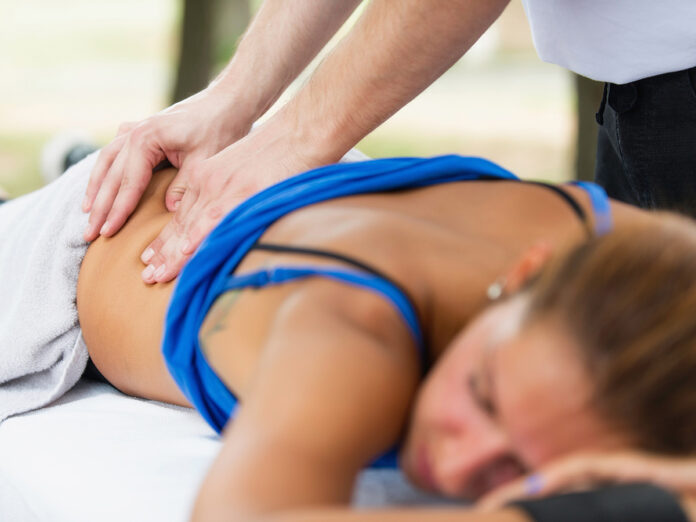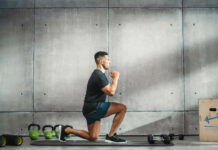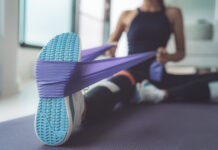
When training hard for an event most people benefit from a massage weekly or at least monthly for maintenance. Treatment length depends on the areas of the body being treated. For a general full-body massage 60 minutes minimum is recommended, whereas for a focused massage (e.g. a leg flush), 30 minutes is adequate.
Runners with an injury or chronic condition benefit from a succession of treatments until the issue is resolved, whereas athletes with consistent self-care routines such as foam rolling and yoga usually require massages less often.
There are several types of massage so which one is right for you? There are three common sports massage techniques:
Relaxation (Swedish) Massage: Effleurage (light stroking) and Petrissage (kneading and compressing) help soothe sore muscles, increase relaxation and circulation, and help reduce muscle spasms and adhesions.
Deep Tissue Massage: Used to treat musculoskeletal injuries such as strains and sport injuries like plantar fasciitis. This helps reduce scar tissue that forms post-injury and reduce tension in the muscles.
Myofascial release: This type of massage works specifically with connective tissue (fascia) to relieve tightness.
Thai massage: A personal favourite; it is a combination of acupressure and assisted yoga postures.
When is the best time to have a massage to enhance recovery and why? Massage can be extremely beneficial for reducing DOMS (Delayed Onset Muscle Soreness). Research shows that a massage within two hours after exercise improves muscular recovery. Book massages on a rest day when training, or 24 to 48 hours after a competitive event.
Massage therapy has a positive effect on mood and mental health through the emotional value of touch. Slowing our breathing allows us to relax and shifts us from the “fight or flight” nervous system response to “rest and digest.” This is where real recovery begins.














